
EMOTXT
MFA Thesis, Generative Typeface,
Interactive Installation
Breathing emotion into digital text
People have always used writing to express emotions, from ancient cave paintings to handwritten letters. There’s something personal about handwriting—it reflects the writer’s feelings, whether they’re happy, sad, or excited.But as technology has advanced and digital communication has taken over, we’ve lost that personal touch. While typing is fast and efficient, it lacks the little details that show emotion. No matter what we want to say, digital text always looks the same, making messages feel flat and impersonal.
That’s why I created EMOTXT. This project explores how emotional expression has faded in digital communication and looks for ways to bring it back. My goal is to develop a typeface that reacts to human emotions, making digital conversations feel more natural, expressive, and alive.
EMOTXT is an innovative experiment that goes beyond simply adjusting font size or color to reflect emotions. Instead, it aims to develop a real-time generative typeface that evolves with human emotions. The shape of each letter dynamically shifts based on the user’s emotional state.
For example, when expressing sadness, the system may generate more rigid, rectangular letterforms to convey a subdued mood, while joy and excitement might be represented through sharp angles or soft, rounded shapes. These forms interweave, creating unique letters that offer a personalized typographic experience for each user.
To achieve this vision, the project incorporates machine learning algorithms that analyze facial expressions from video input and detect emotions. Based on this data, the typeface adjusts its form in real time. By learning from a vast dataset of emotional expressions, the system refines and adapts the typography, making digital text more nuanced and responsive.
For example, when expressing sadness, the system may generate more rigid, rectangular letterforms to convey a subdued mood, while joy and excitement might be represented through sharp angles or soft, rounded shapes. These forms interweave, creating unique letters that offer a personalized typographic experience for each user.
To achieve this vision, the project incorporates machine learning algorithms that analyze facial expressions from video input and detect emotions. Based on this data, the typeface adjusts its form in real time. By learning from a vast dataset of emotional expressions, the system refines and adapts the typography, making digital text more nuanced and responsive.
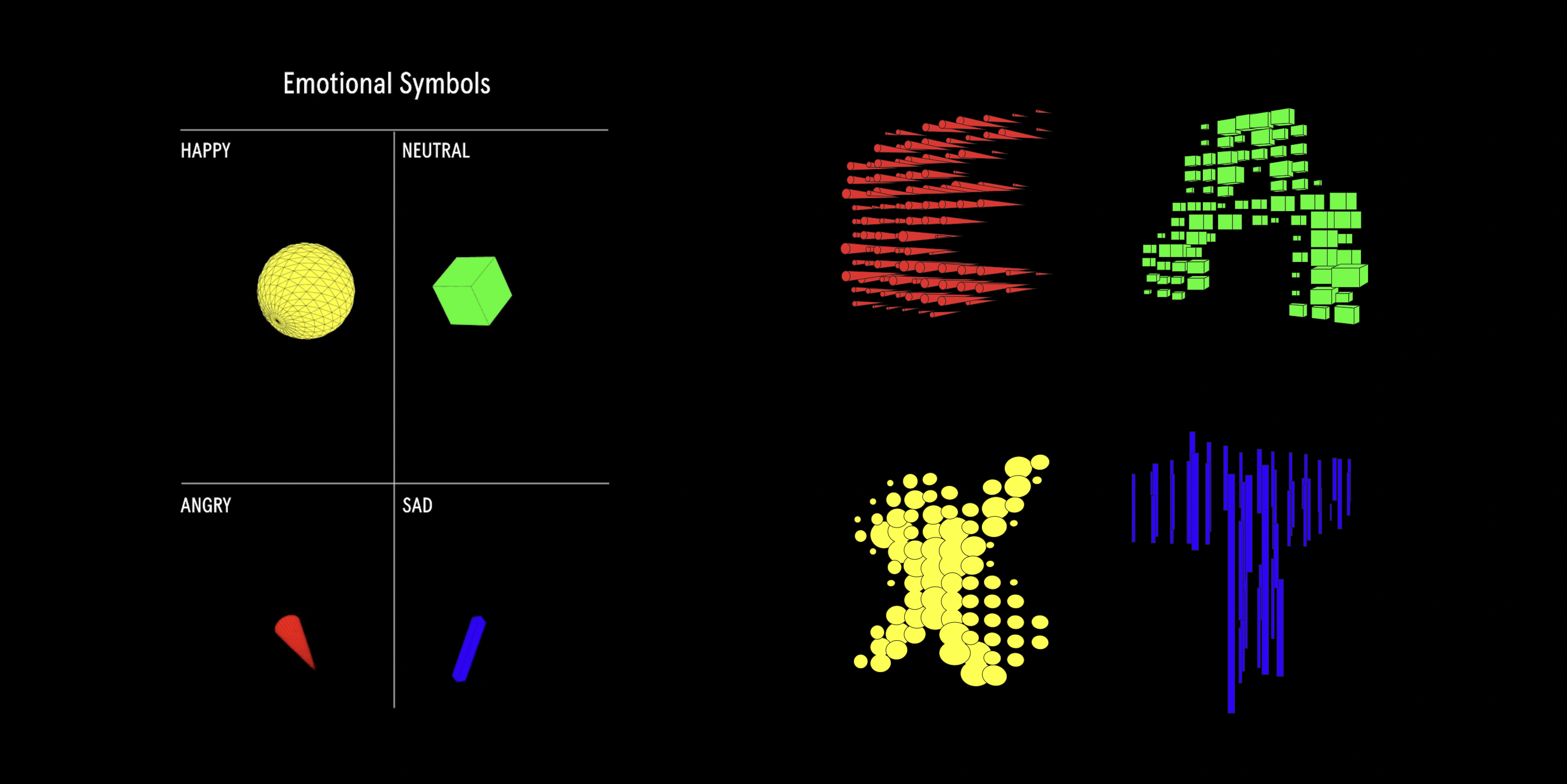
EMOTIONAL SYMBOLS

I also built a type generator that allows users to interact with the typeface in real time and shape it based on their current emotional state. When they express joy, sadness, anger, or calmness in front of the camera, these emotions directly influence the letterforms, making each character come to life with dynamic expression.




EXPRESSION TRANSLATOR INSTALLATION
This device allows real-time electronic communication between two people. The sender creates messages using a font generator, and the receiver at a different location can instantly understand the sender's current mood through the changing emotional typeface.
This device allows real-time electronic communication between two people. The sender creates messages using a font generator, and the receiver at a different location can instantly understand the sender's current mood through the changing emotional typeface.

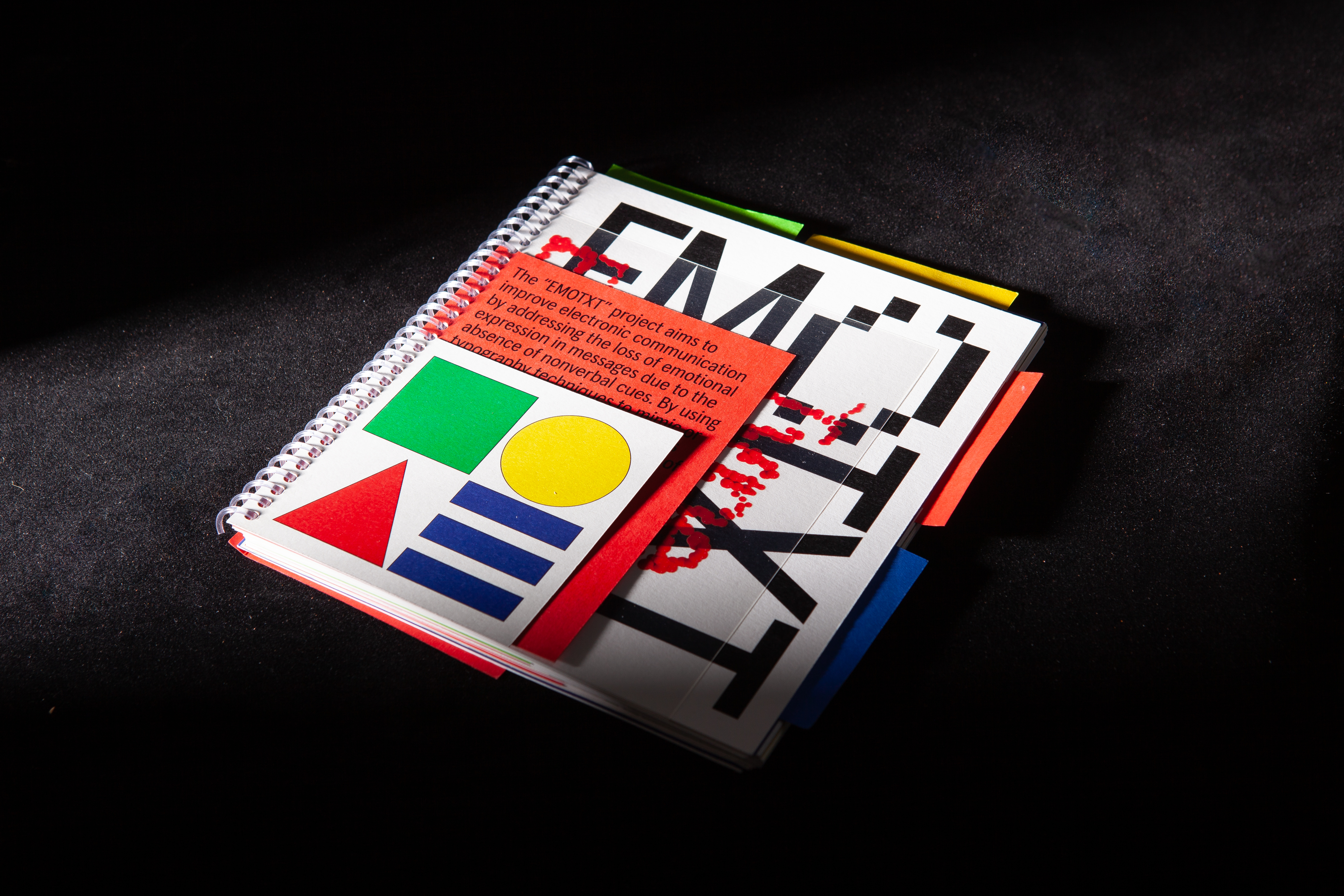
THESIS BOOK
This book presents the research, conception, prototyping, and the final results of my thesis project.
This book presents the research, conception, prototyping, and the final results of my thesis project.



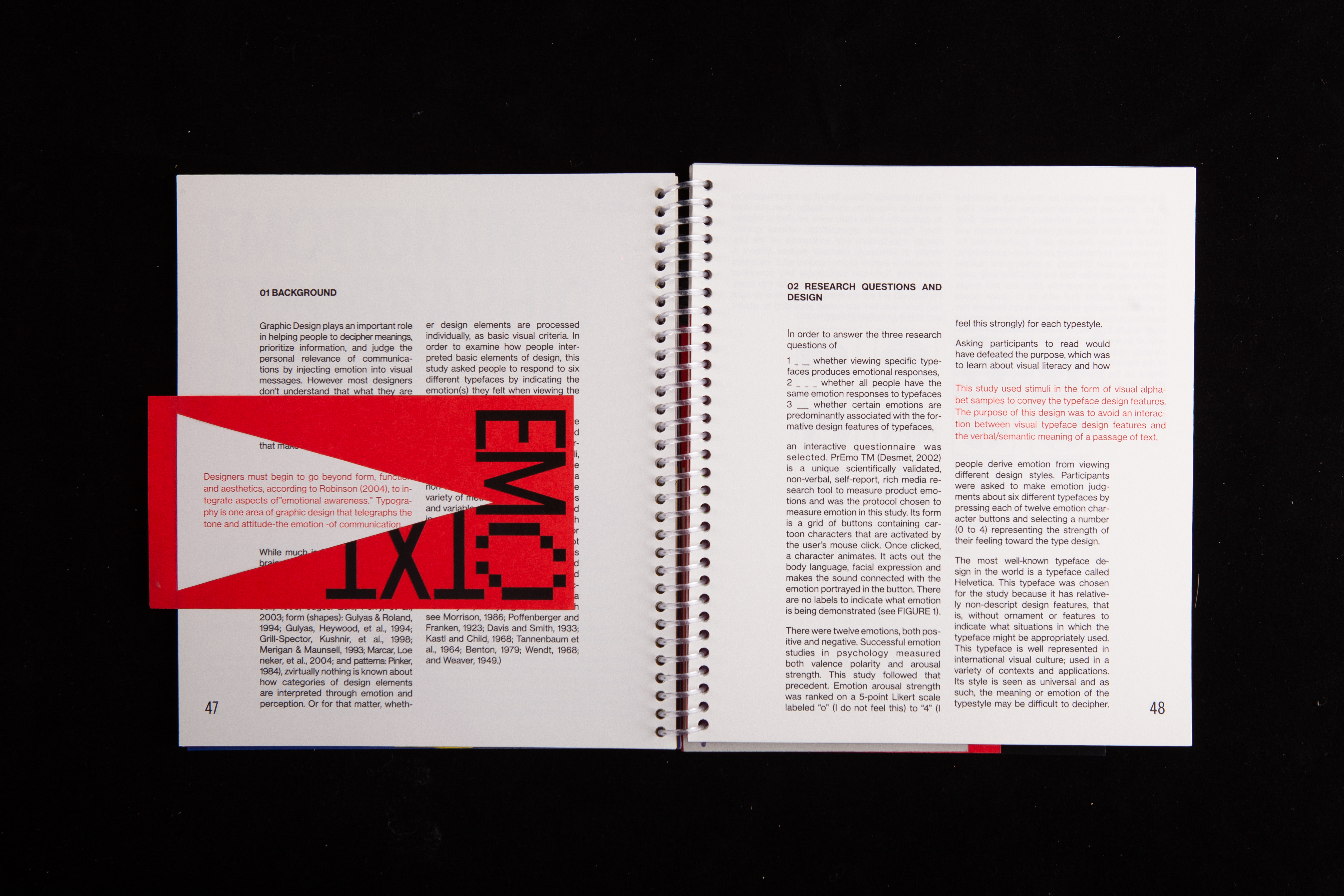



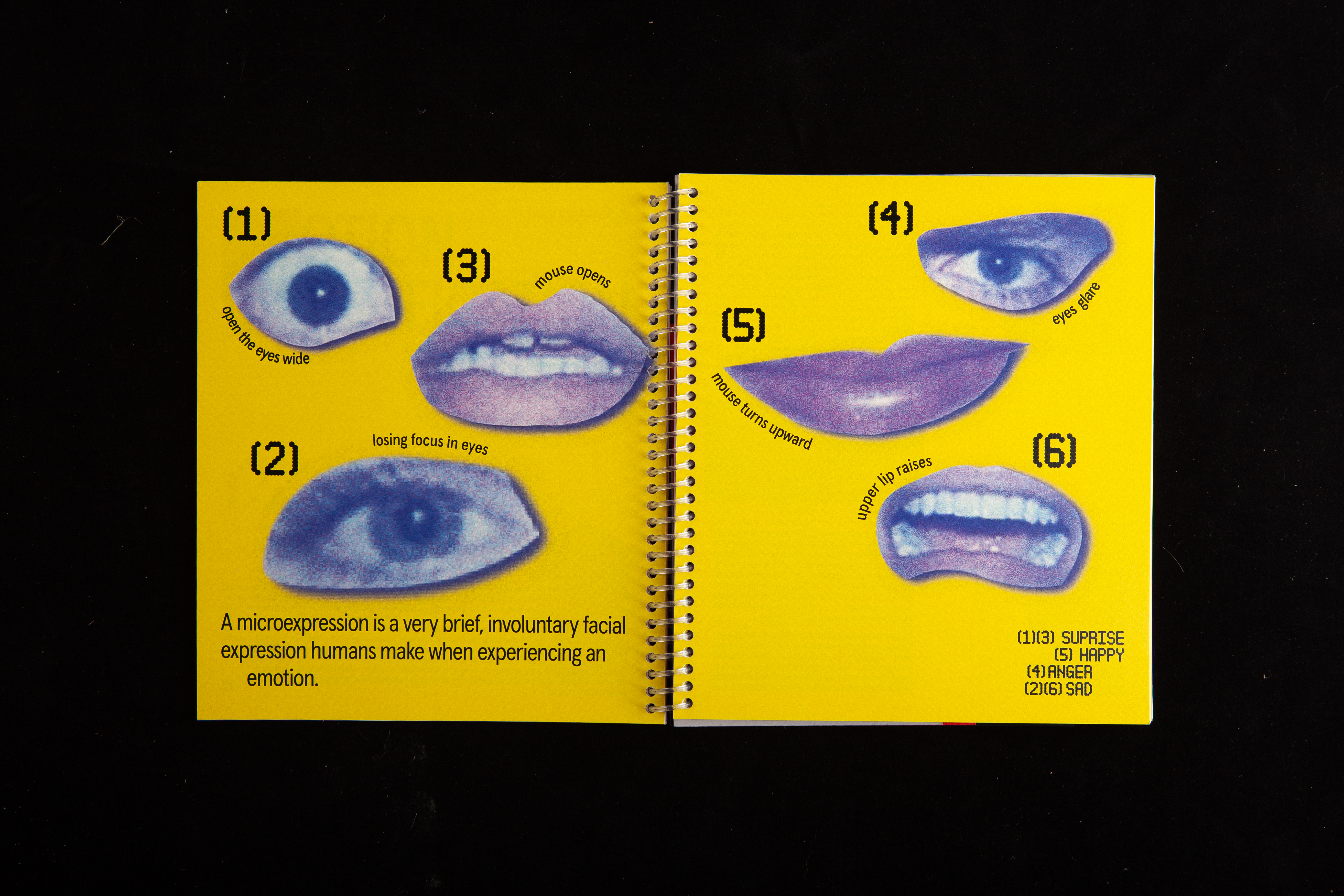
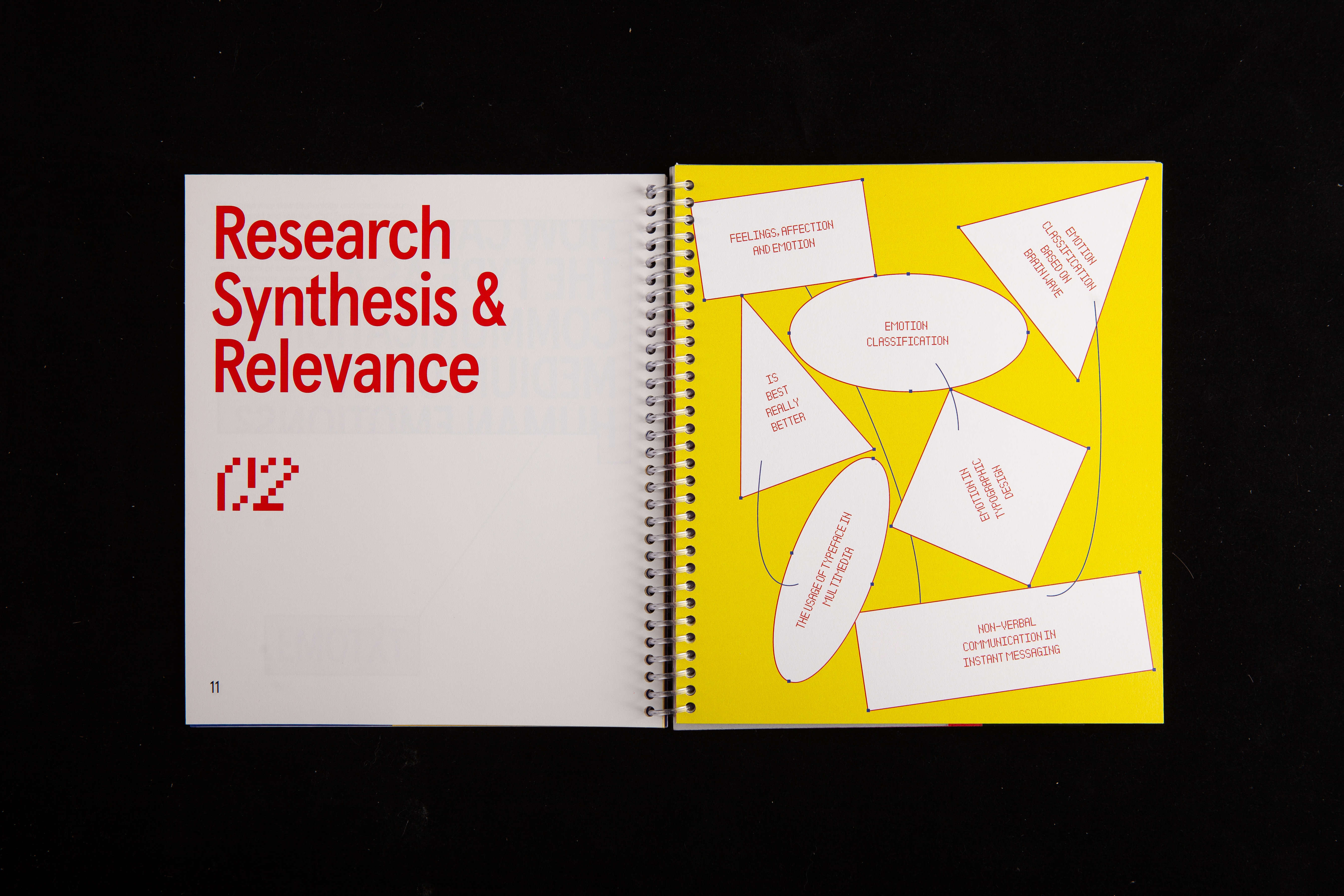

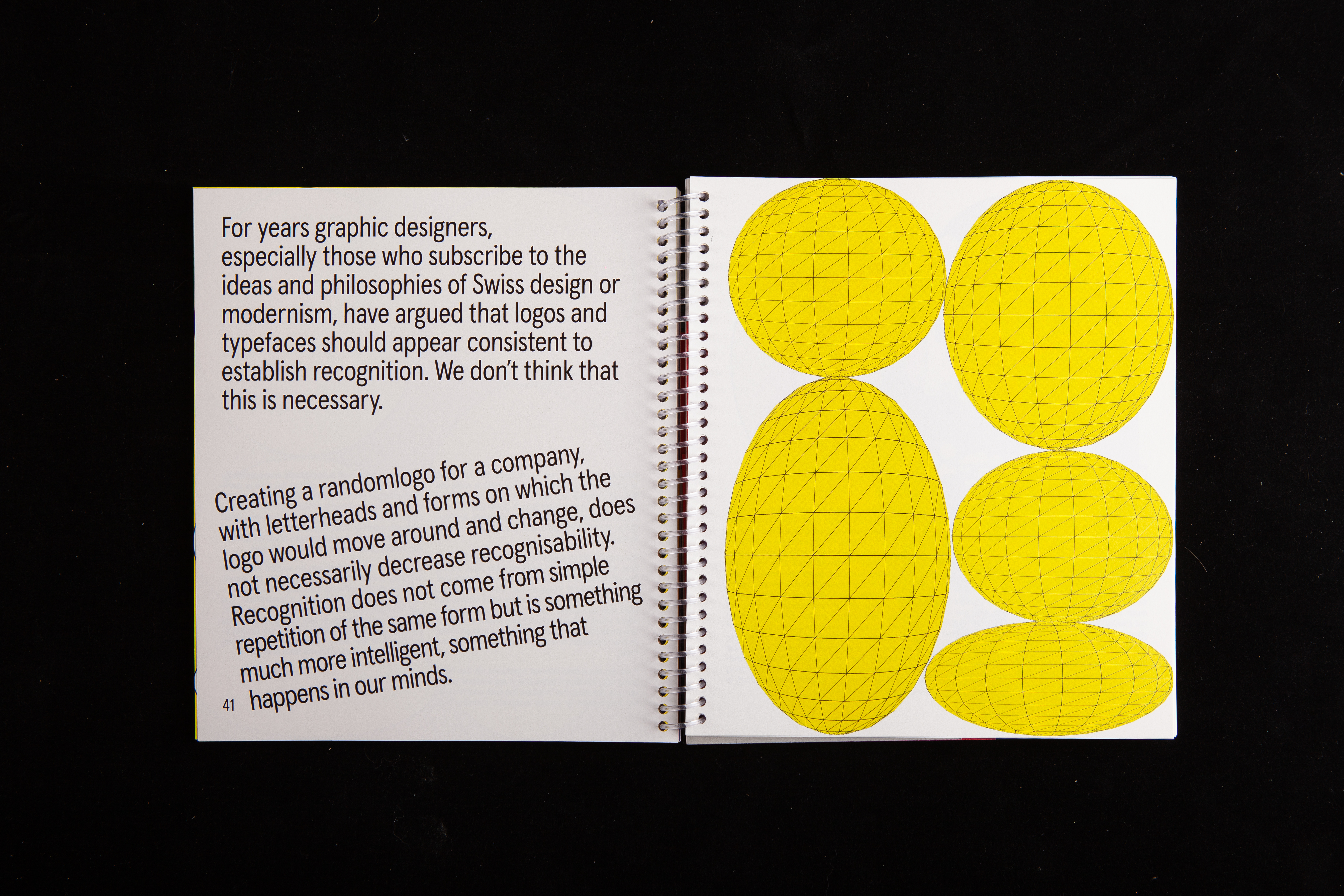





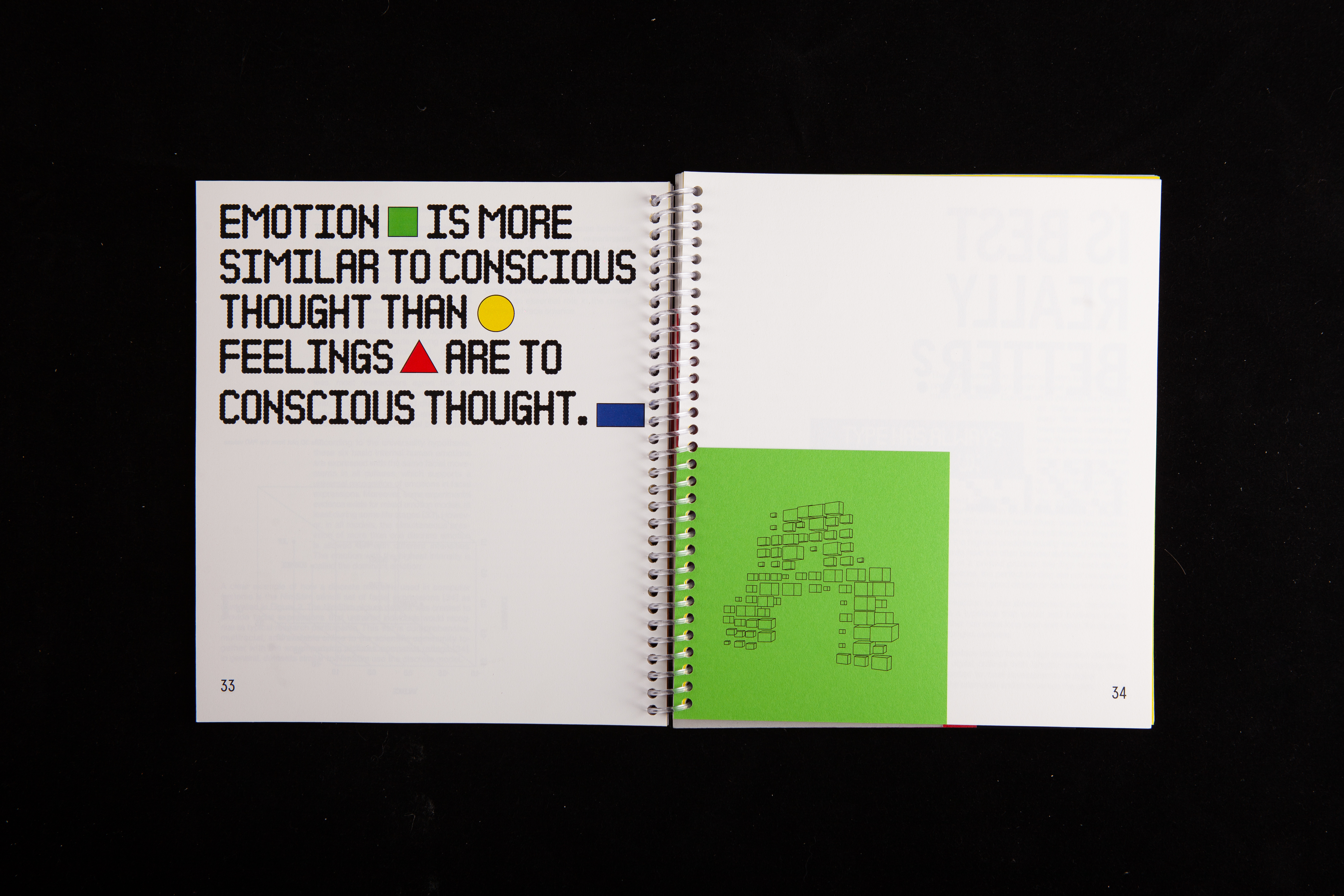
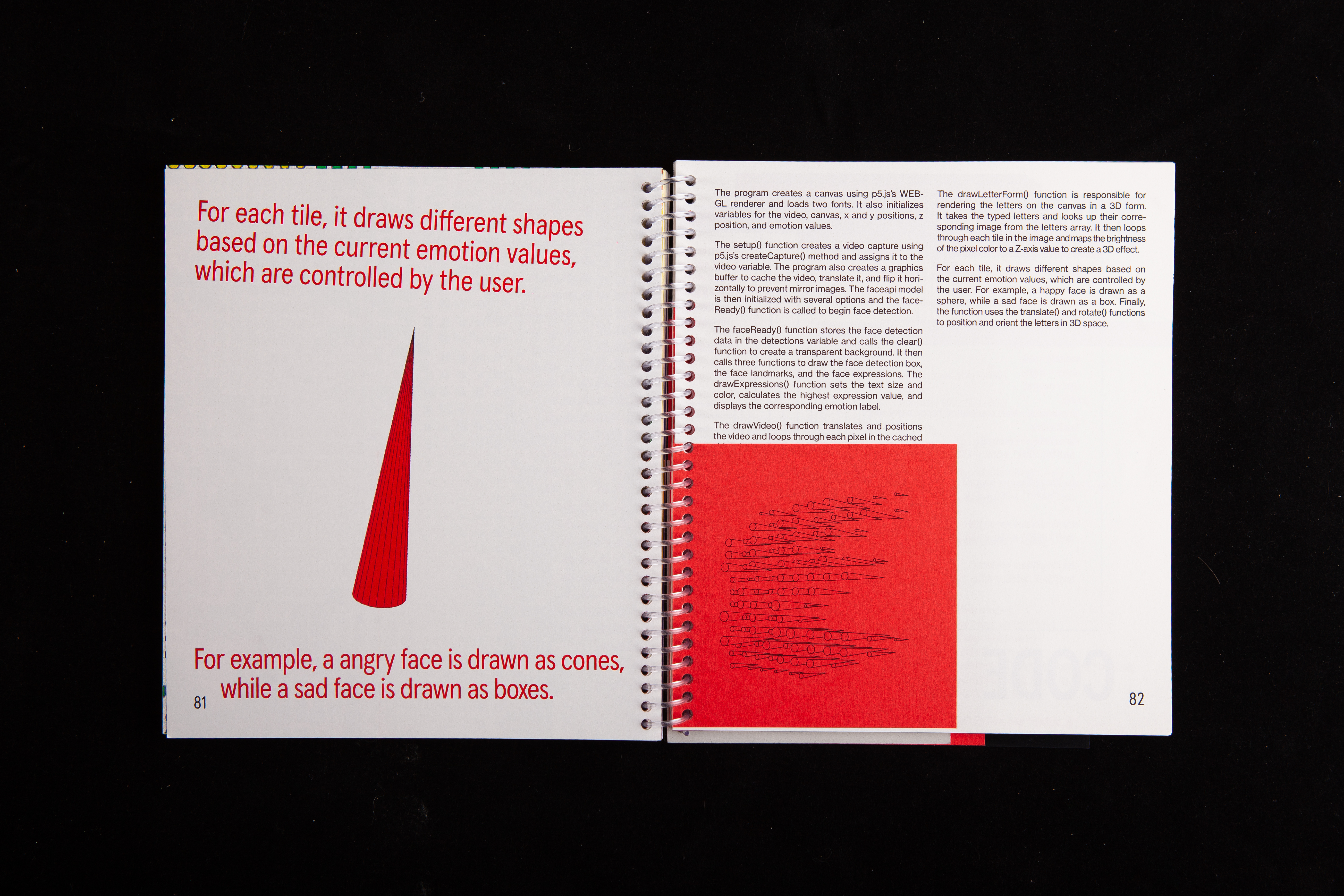
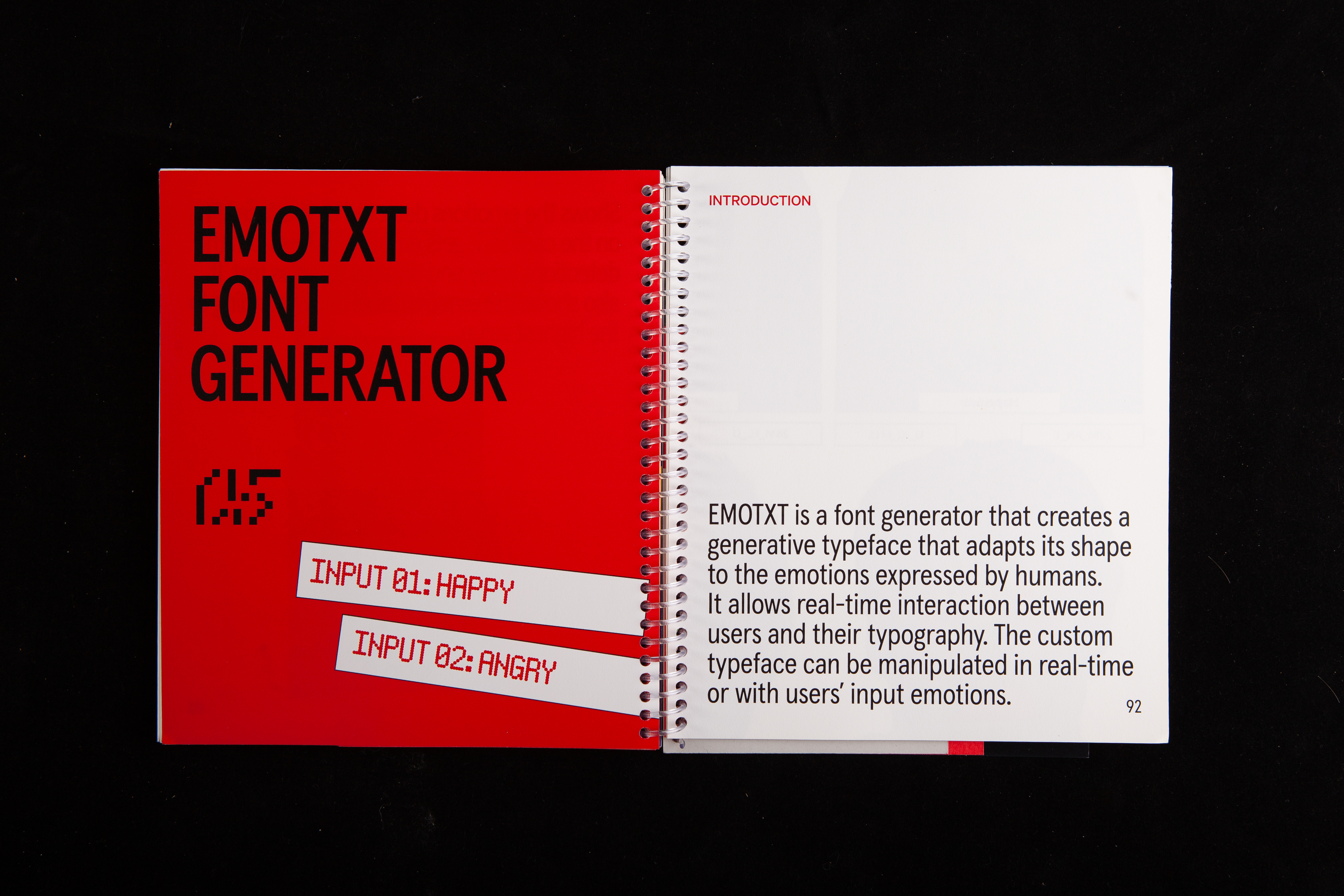







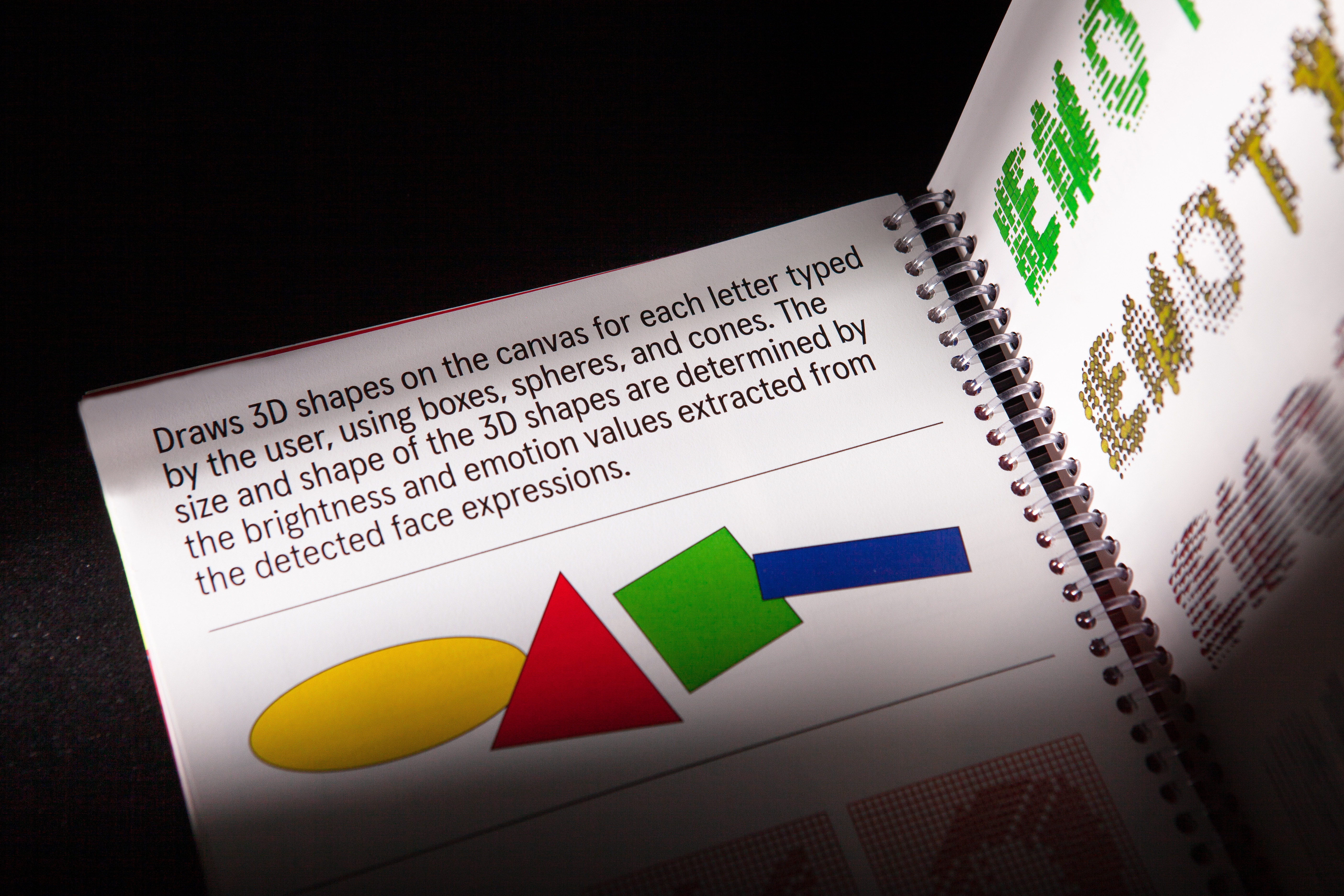
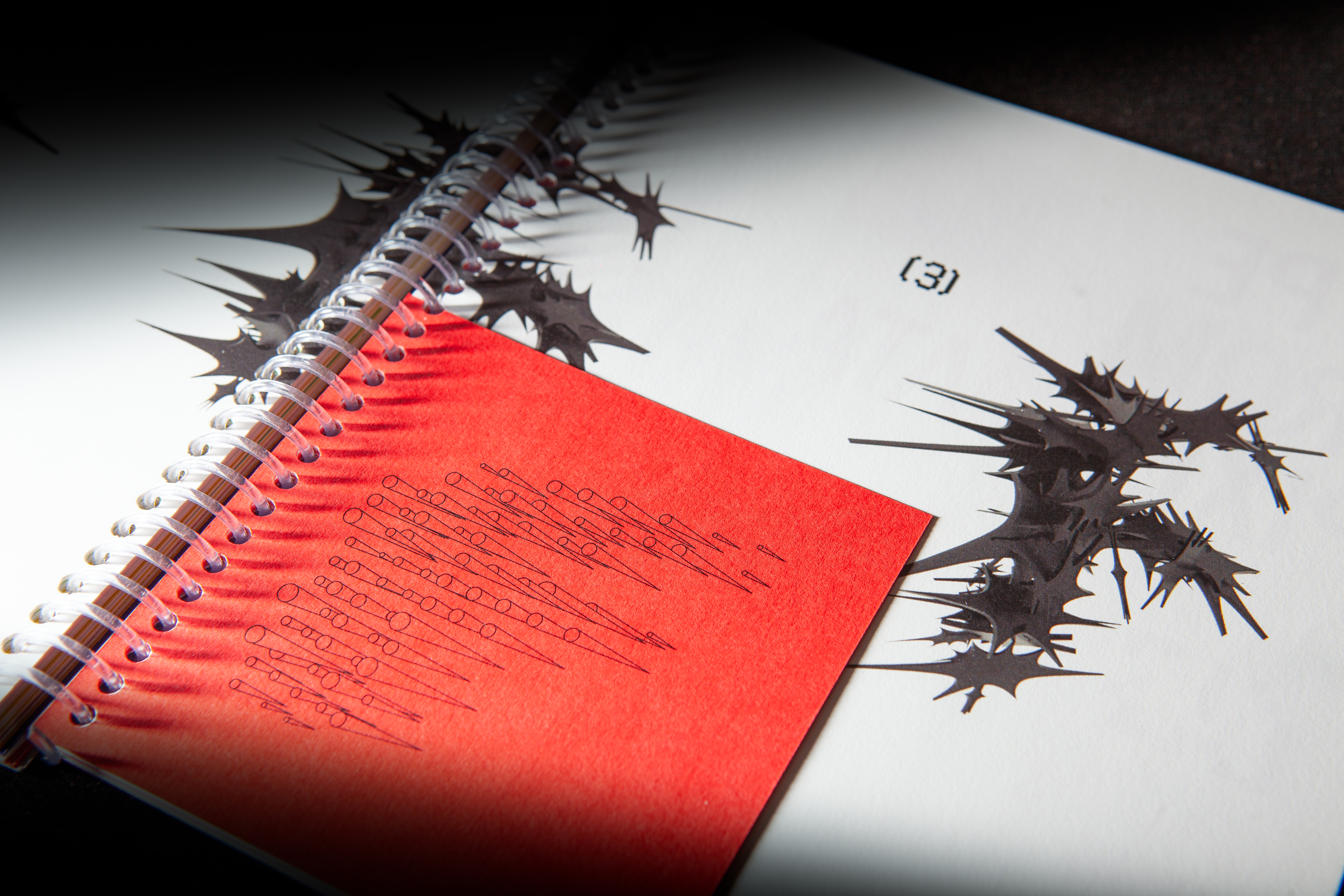
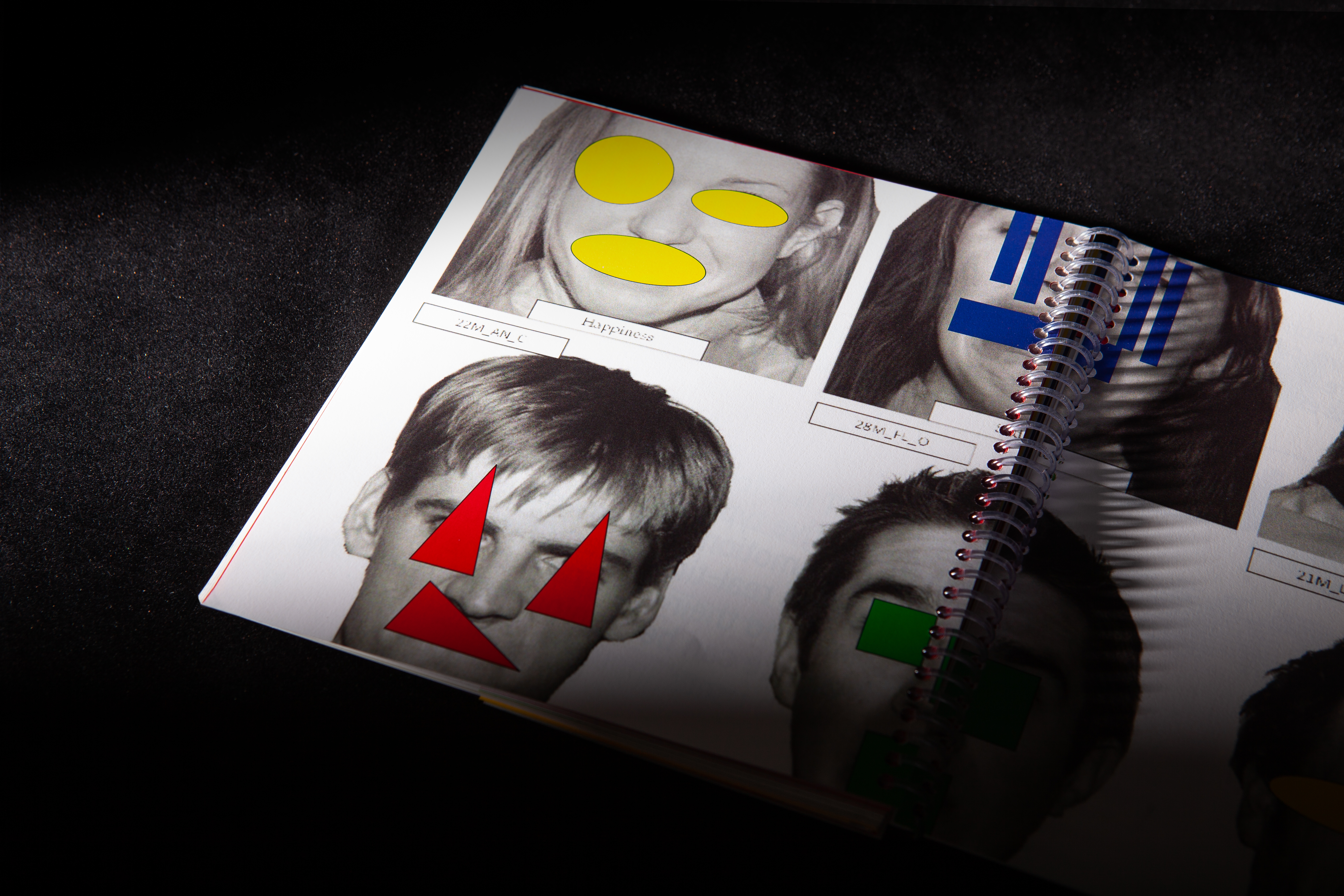

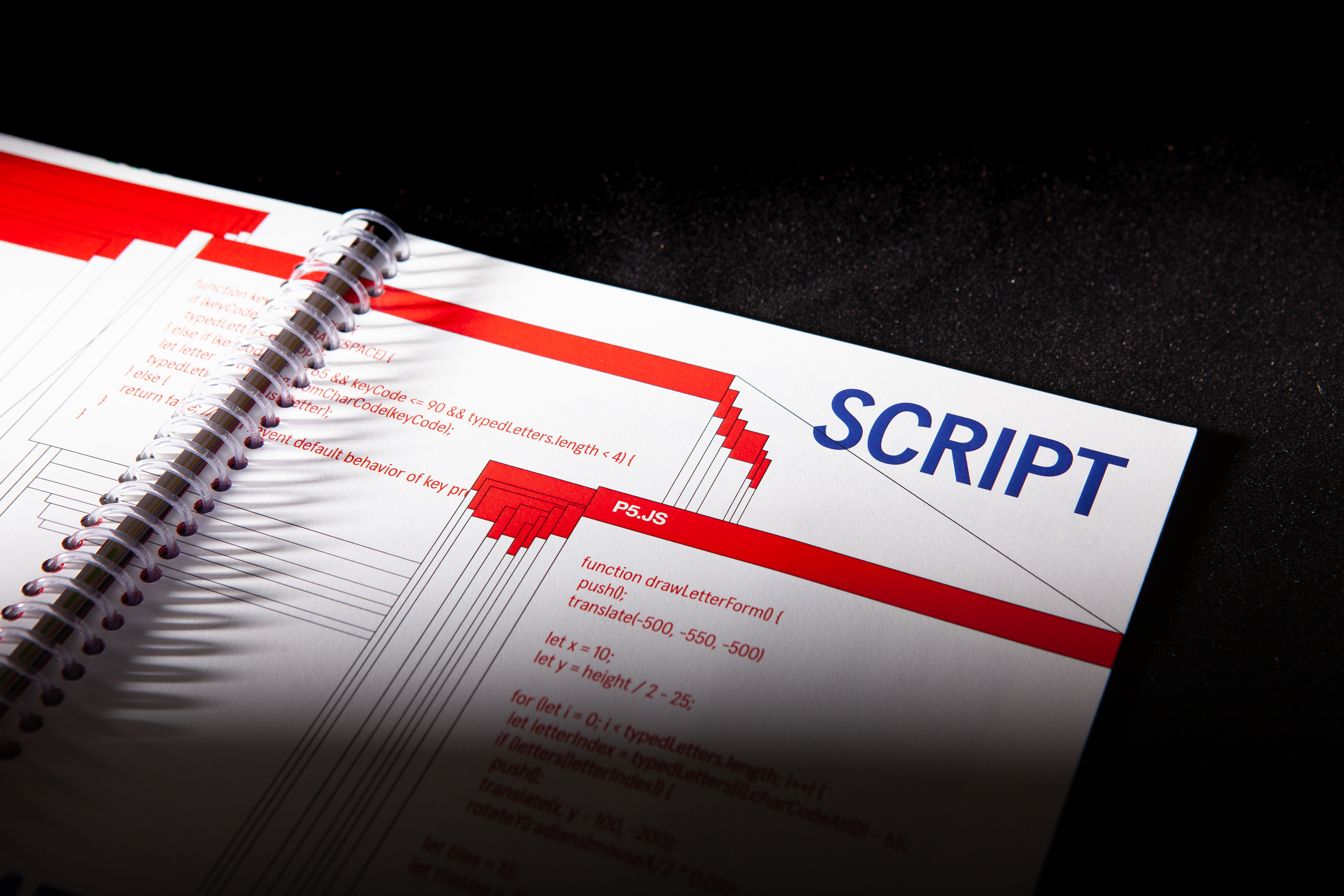
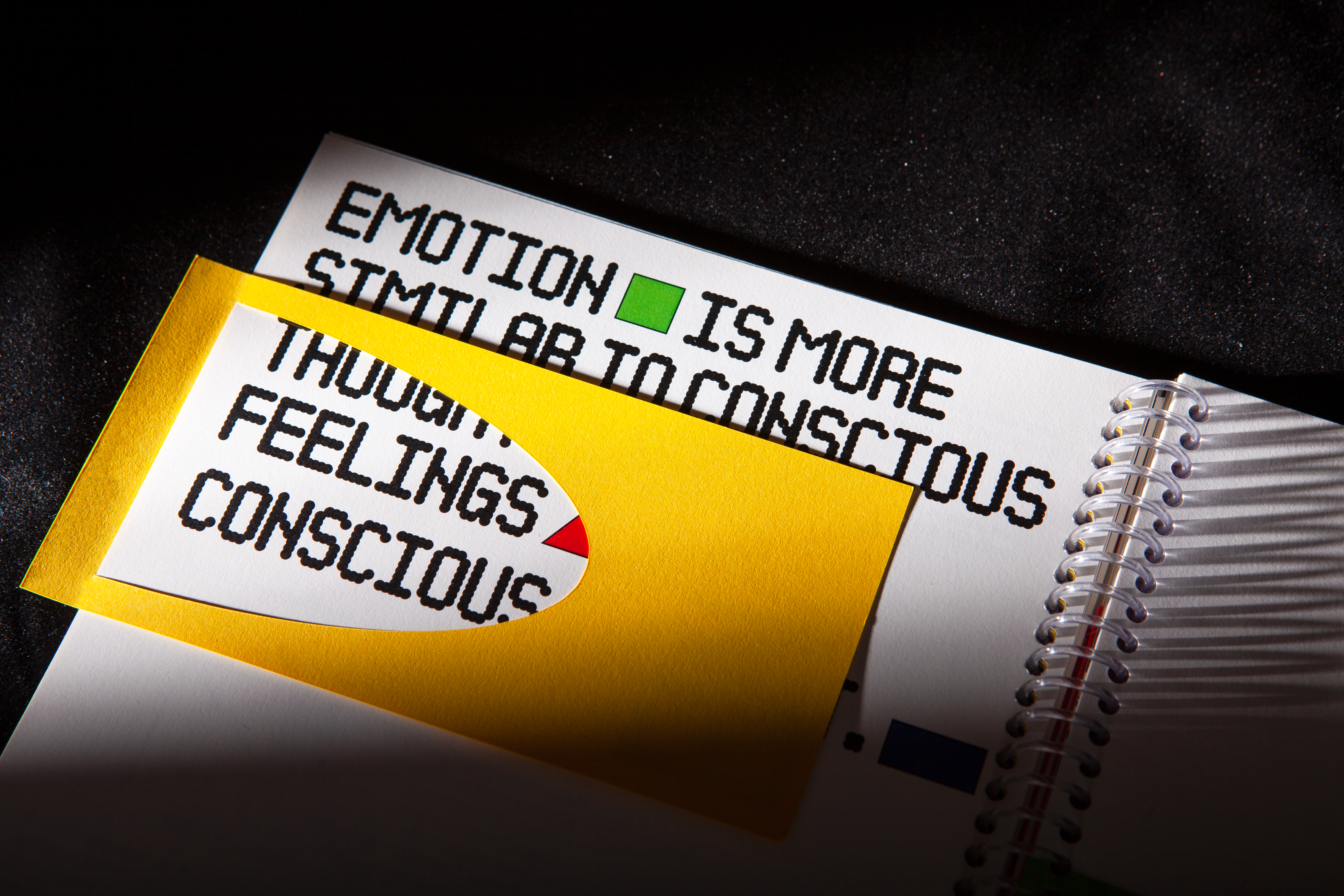
Some may see technology and machine algorithms as cold and rational, but through this project, I want to show that technology can also be used to create work that is human-centered and emotionally rich. By bringing back the expressive qualities that have been lost in digital communication, we can create a more emotive and meaningful way to connect.
